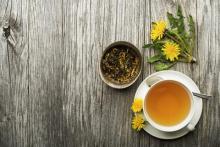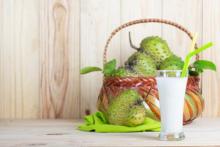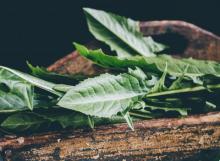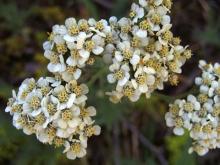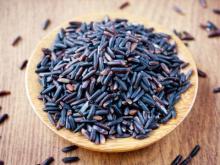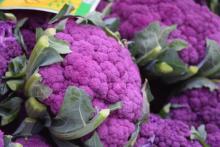Superfood 101: Jaboticaba!
Jaboticaba is a member of the family yrtaceae or Myrtle family of the genus Myrciaria Berg, also known as guava berry, containing the species Myrciaria cauliflora (Mart.) O. Berg or jaboticaba. The plant is native to Brazil and is also known as the Brazilian grape tree. For millennia the native peoples used jaboticaba as a snack and for making wine. Its nutritional value has made this fruit a valuable tool in their healing arsenal.


